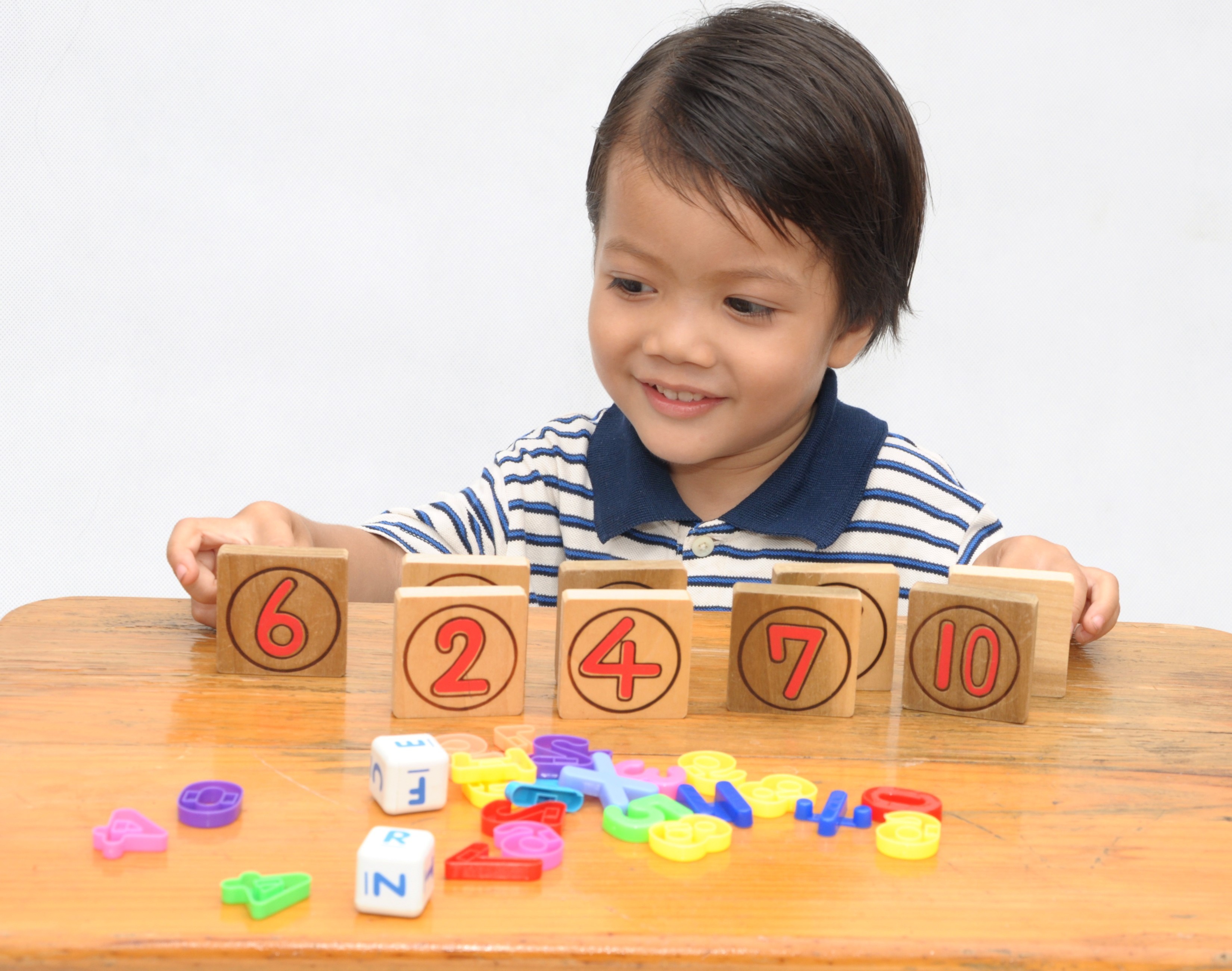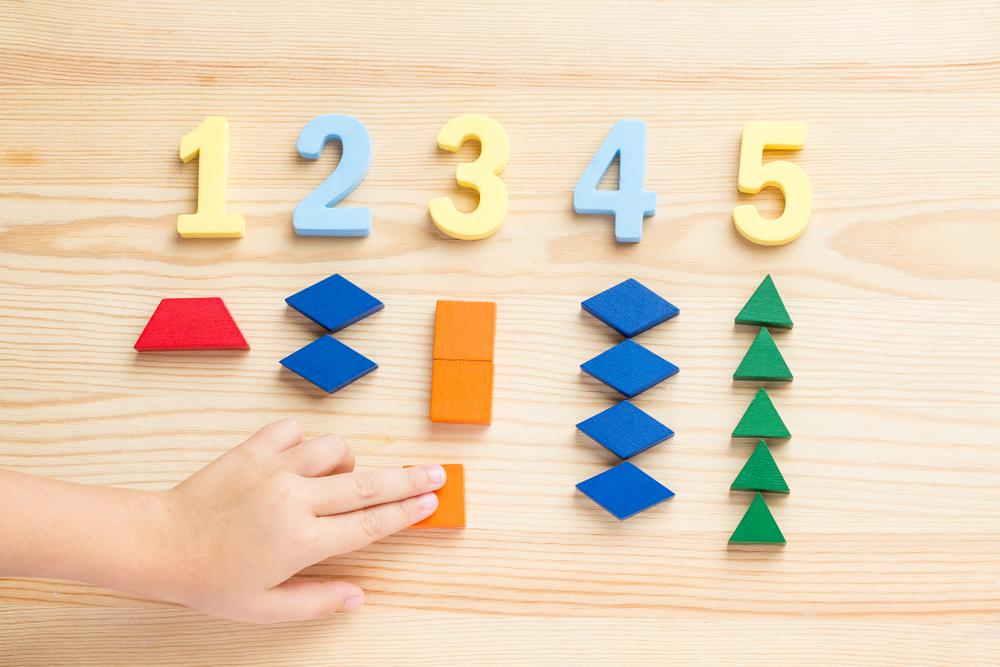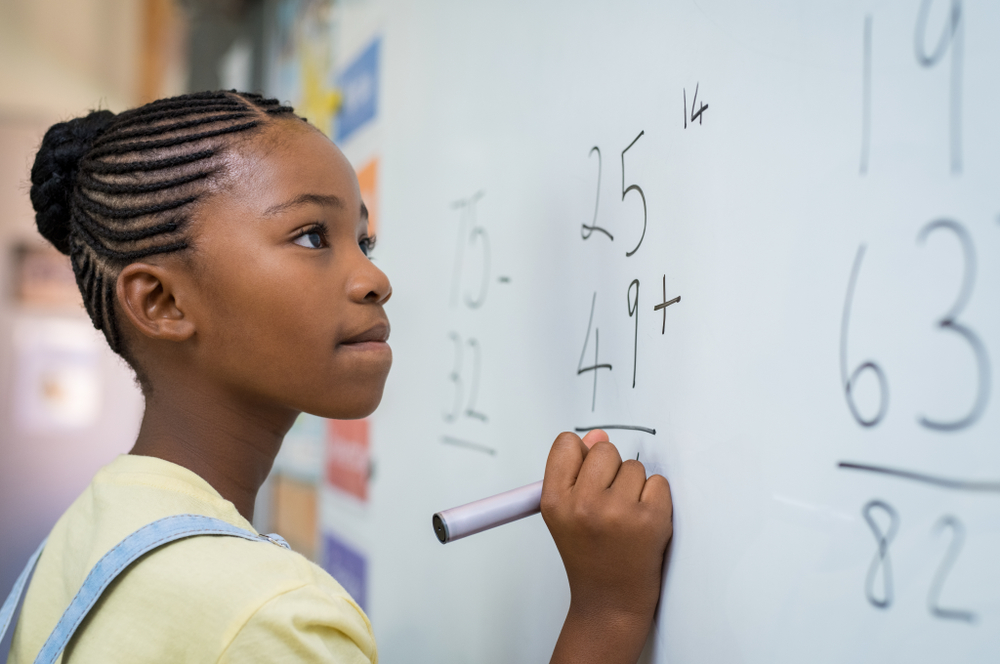Number Recognition Subtraction Worksheets for 5-Year-Olds
5 filtered results
-
From - To
Explore our engaging Number Recognition Subtraction Worksheets designed specifically for 5-year-olds! These worksheets combine essential subtraction skills with number recognition to create a fun learning experience. Perfect for early learners, each activity encourages children to identify and understand numbers while practicing subtraction in an interactive way. Our vibrant illustrations and age-appropriate challenges help maintain motivation and promote essential math skills. Whether in the classroom or at home, these worksheets provide a valuable resource for teachers and parents alike. Download our printable worksheets today and watch your child's confidence and competence in math grow as they master subtraction through creative play!
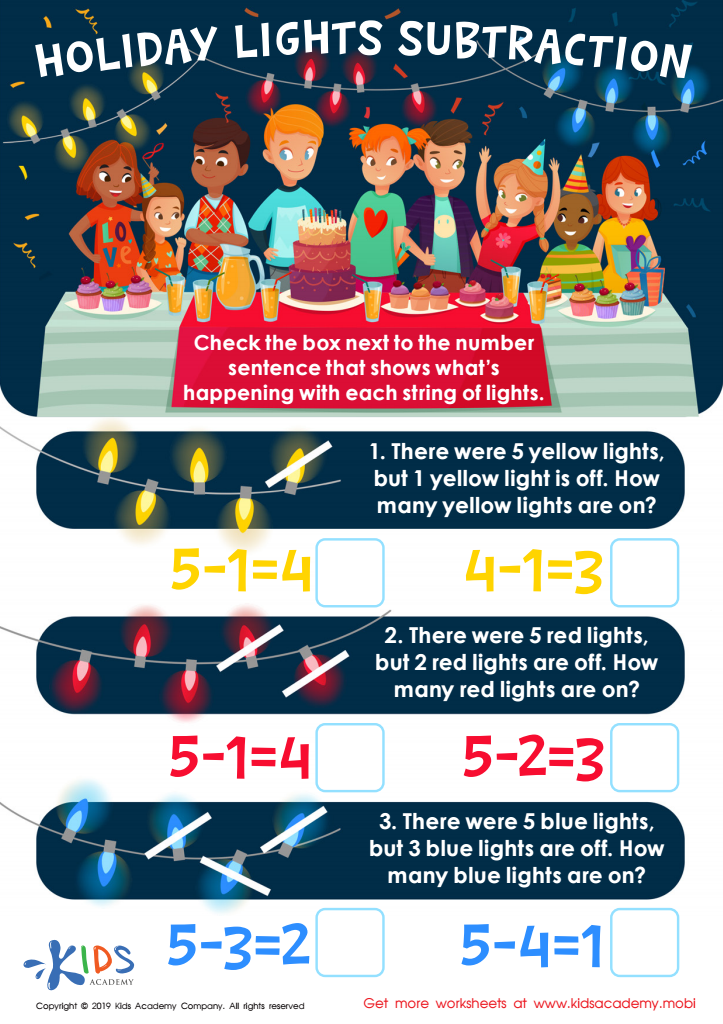

Holiday Lights Subtraction Worksheet
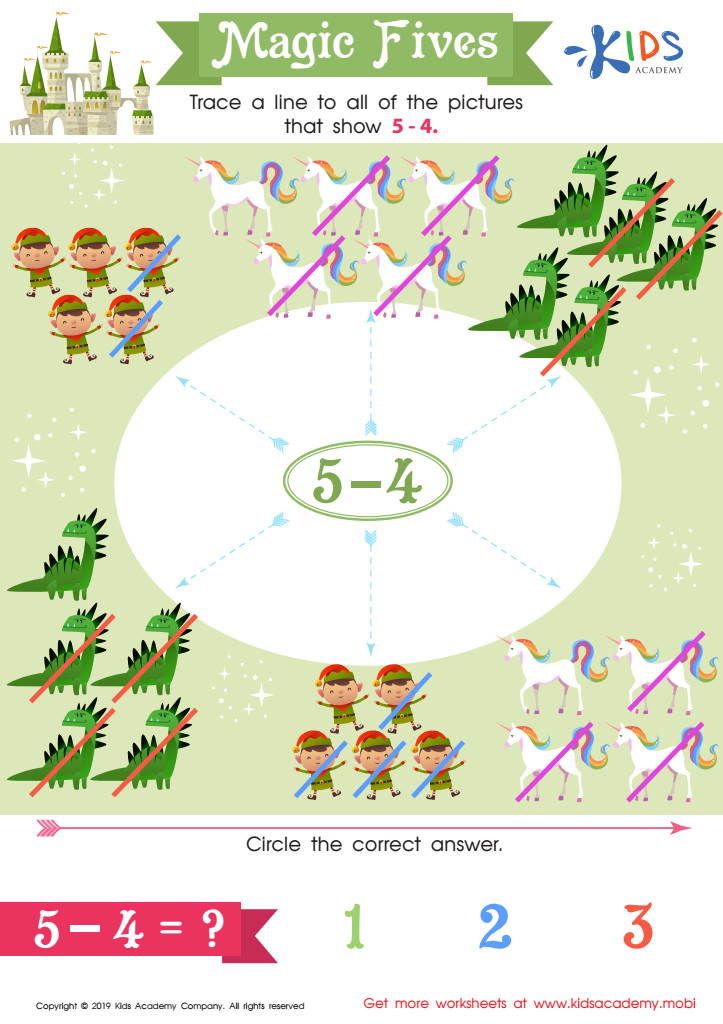

Magic Fives Worksheet
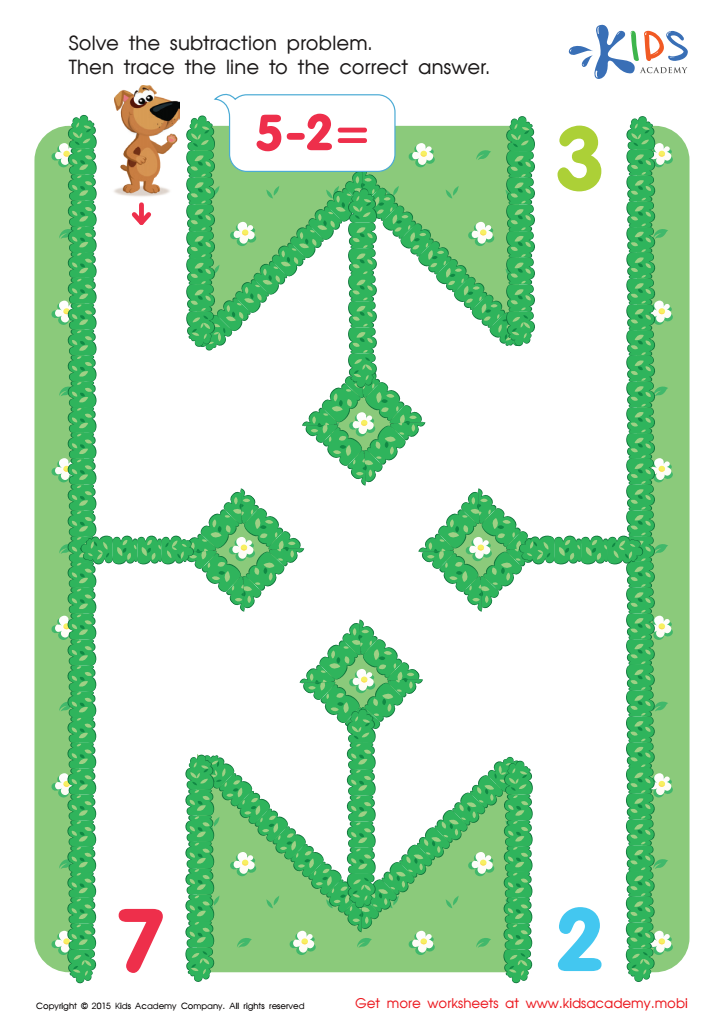

Five Minus Two Worksheet
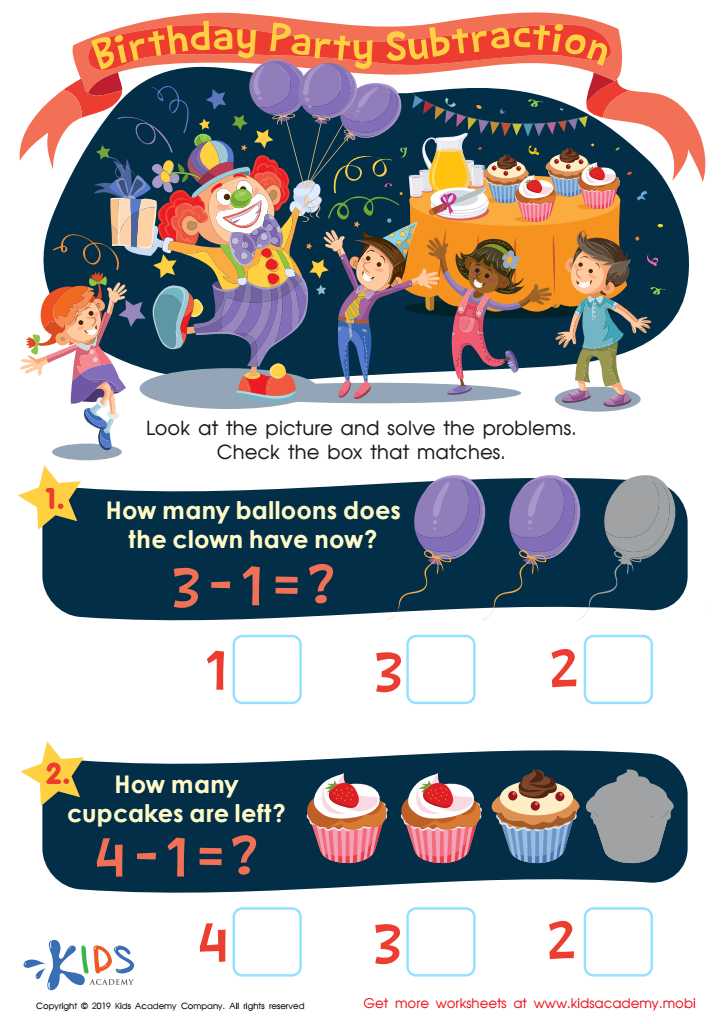

Birthday Party Subtraction Worksheet
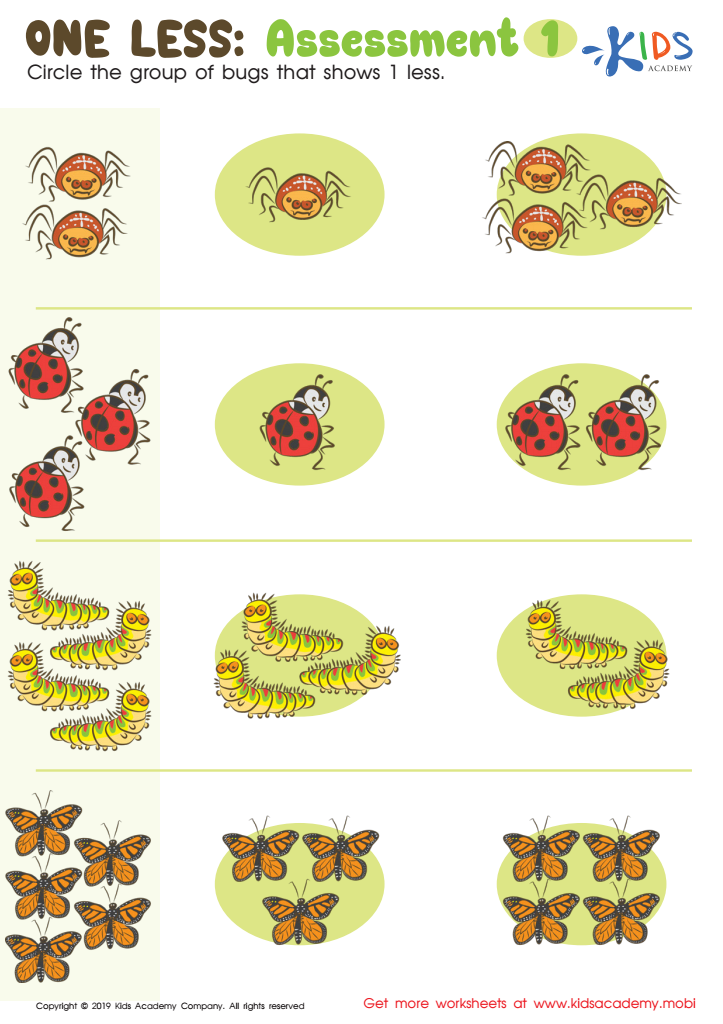

One Less: Assessment 1 Worksheet
Number recognition and understanding subtraction are foundational skills in early childhood education, particularly for 5-year-olds. At this stage, children are developing essential cognitive abilities that form the basis for more complex mathematical concepts. Number recognition allows children to identify and understand numerical values, which is crucial for grasping the concept of quantity. When they can recognize numbers, they gain confidence in counting and comparing values.
Subtraction is equally important, as it introduces children to the idea of taking away quantities, developing their understanding of basic arithmetic. This cognitive skill contributes not just to math proficiency, but also to critical thinking and problem-solving skills. It’s essential in helping children make sense of the world around them, such as understanding how many items are left when some are removed.
Furthermore, early practice with number recognition and subtraction enhances language development, as children learn to express and describe numerical relationships. Overall, when parents and teachers prioritize these skills, they set a strong educational foundation. Engaging children in fun and interactive ways, such as games and real-life situations, promotes enthusiasm for learning math, leading to success in ongoing academic growth and lifelong learning.
 Assign to My Students
Assign to My Students






